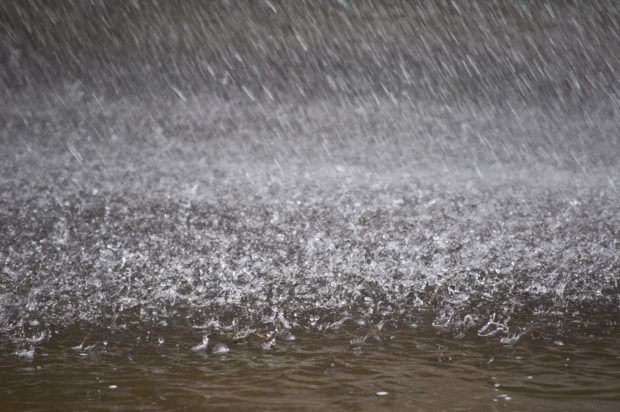Record rains are a double-edged sword for California’s Salinas Valley: While the recent deluge virtually ended the state’s historic drought, it also created muddy, unworkable fields – sending prices for everything from kale to cauliflower soaring.
The famed agricultural region just south of Silicon Valley is usually a springtime sea of green vegetables. But this year, there are patches of brown unplanted dirt in “America’s salad bowl,” which supplies more than 60 percent of the country’s leaf lettuce and almost half of its broccoli.
“Most fields under normal conditions would be planted at this point,” Jerrett Stoffel, vice president of operations at Taylor Farms, said in an interview at the privately held company’s sprawling outpost in Salinas, California.
Taylor Farms is a major provider of produce to customers such as grocer Kroger Co and burrito seller Chipotle Mexican Grill Inc.
“No matter whether you live here or you live in Boston, you’re going to see the impact” on supply and prices, Stoffel said.
Salinas has been struck by a series supply-squeezing events, said Roland Fumasi, a Rabobank analyst who covers the fresh fruit, vegetable and flower sectors.
Unusually hot weather in desert growing areas such as Yuma, Arizona, and California’s Imperial Valley during December and January resulted in early harvests. California’s 90-mile long Salinas Valley, which runs from Salinas to King City, couldn’t fill the supply gap because heavy rains in January and February delayed or prevented some planting.
And, more recent rains have lowered yields and delayed harvests for some crops that are in the ground.
Since Oct. 1, Salinas has received 16.4 inches of rain, significantly more than normal rainfall of almost 12 inches annually, said Eric Boldt, a National Weather Service meteorologist.
California’s rainy season usually wraps up at the end of April, and the 14-day weatheroutlook suggests that is holding, Boldt said.
“By the middle of next month, we might be pretty close to normal supply-side conditions,” said Fumasi. “If we were to get heavy rains, then all bets are off.”
The supply crimp sent up wholesale prices, which are usually passed on to shoppers.
Prices for boxes of California spinach and kale were up 20 percent and 87 percent, respectively, for the first two weeks of April versus the same period in 2016, according to data from the U.S. Department of Agriculture.
The moves have been more dramatic for broccoli and cauliflower. Broccoli more than tripled to $30.21 per box from $9.08; cauliflower is at $37.52 versus $13.74, USDA data as of April 15 shows.
Doug Classen, vice president of sales at the Nunes Co, which grows and ships Foxy brand produce, said there are few options for filling the supply gap since there is not much product coming from Mexico and other parts of the United States.
When asked about the area’s supply prospects, Classen uttered words unthinkable just a year ago: “Let’s put it this way, I don’t want to see any more rain.”





















 Florida Gets 8 New P/C Carriers After Insurance Market Reforms
Florida Gets 8 New P/C Carriers After Insurance Market Reforms  Uncertainty Keeps Prices Up; No Prior-Year Loss Development: Travelers
Uncertainty Keeps Prices Up; No Prior-Year Loss Development: Travelers  AI-Powered Insurance Product Development Is Going to Take Some Powering Through
AI-Powered Insurance Product Development Is Going to Take Some Powering Through  Viewpoint: You’re at a Competitive Disadvantage If You’re Not Innovating
Viewpoint: You’re at a Competitive Disadvantage If You’re Not Innovating 







